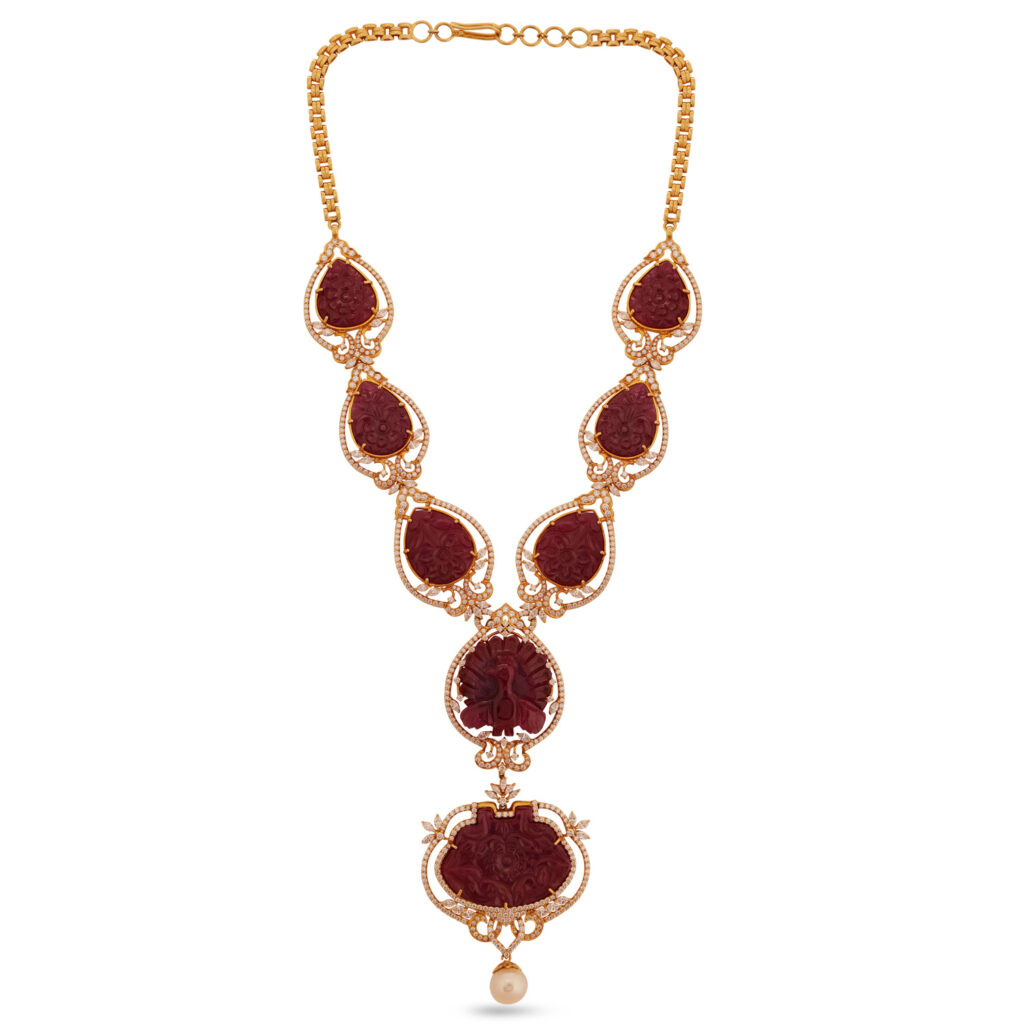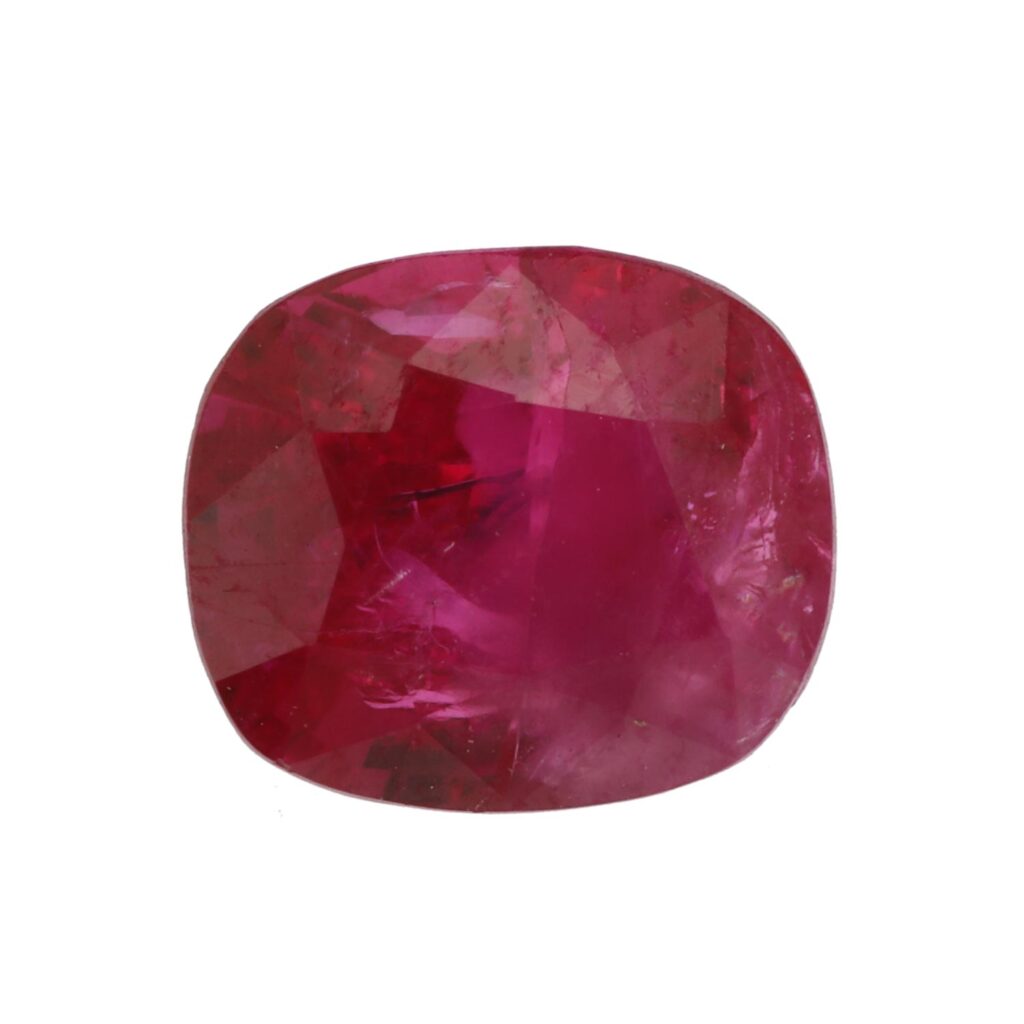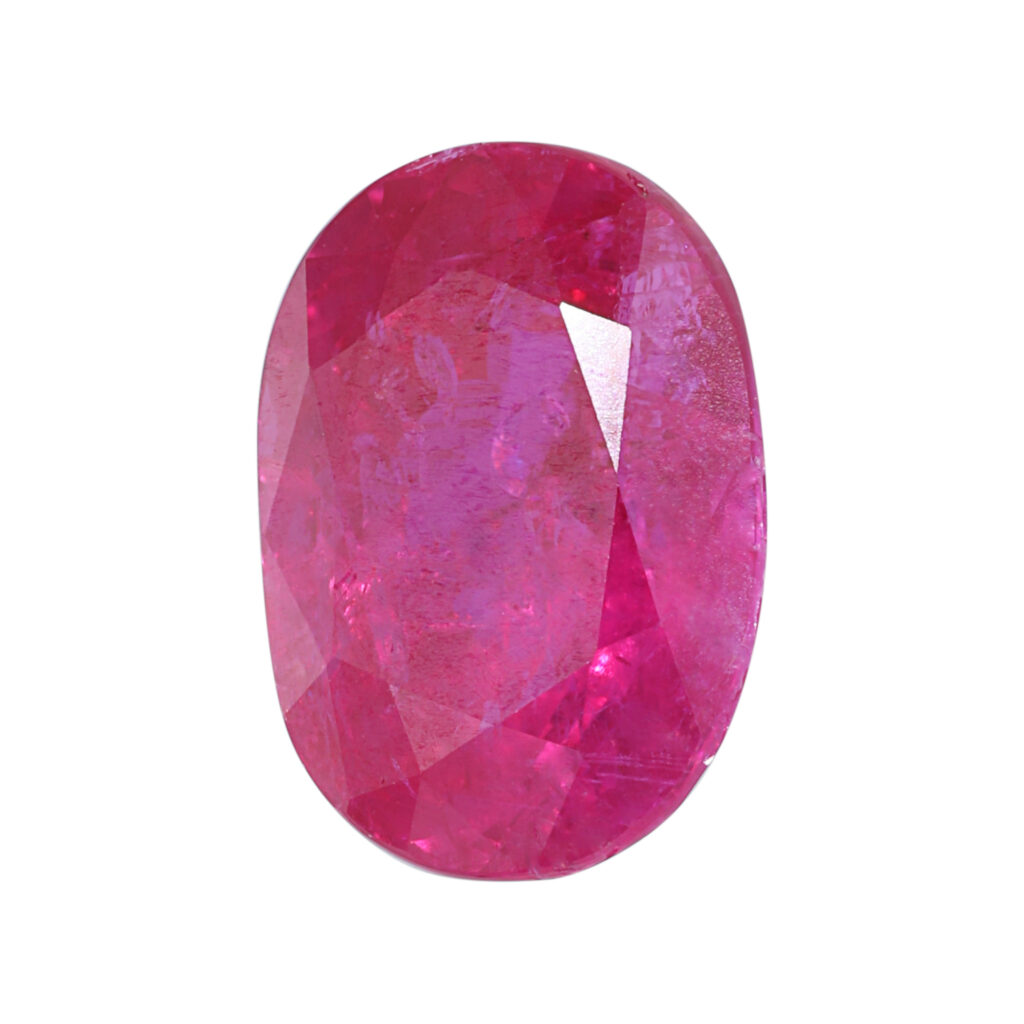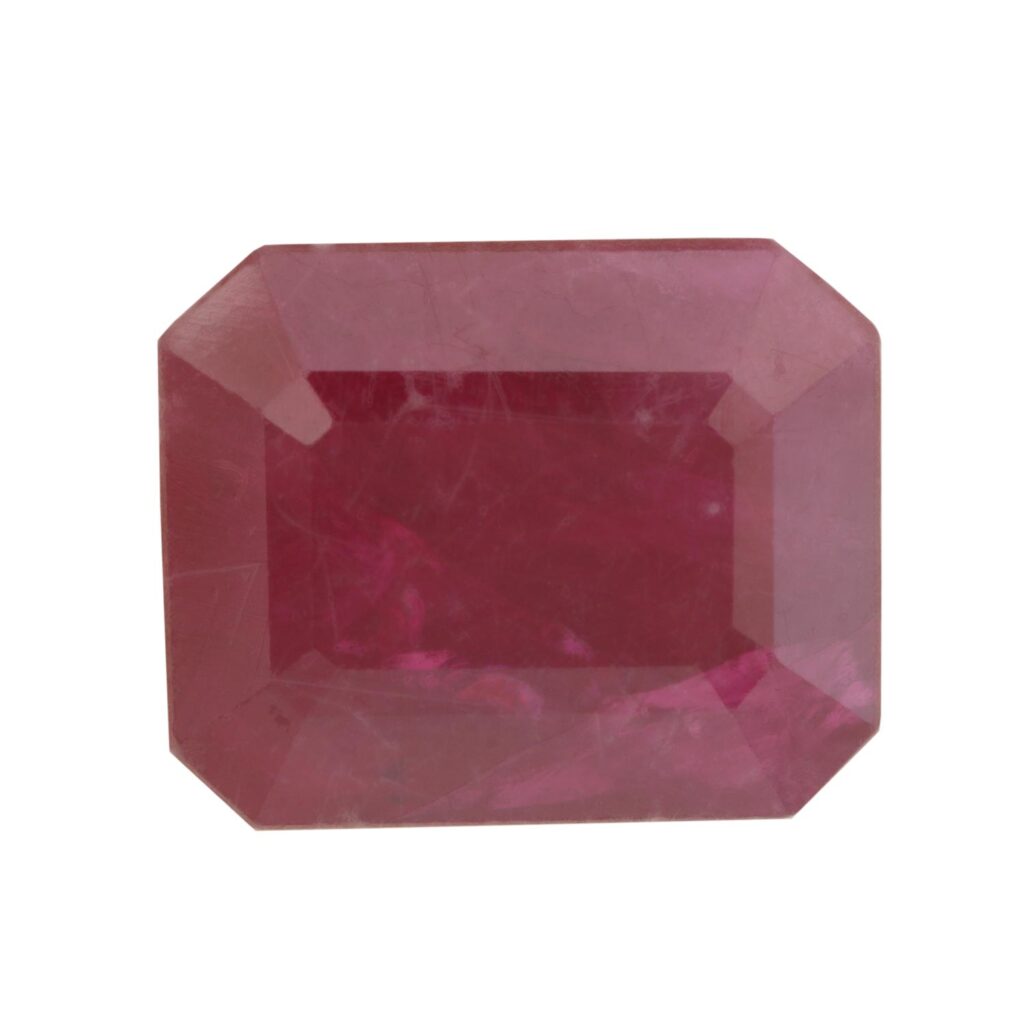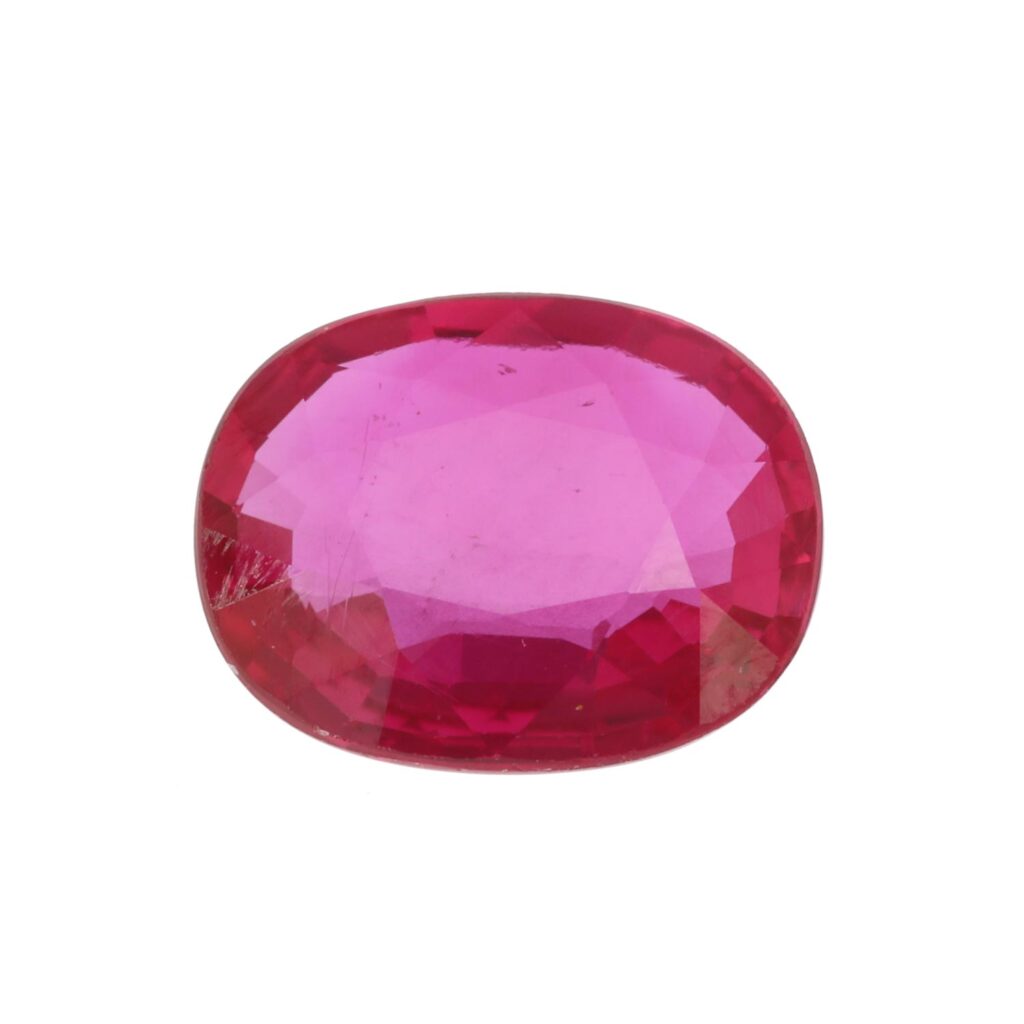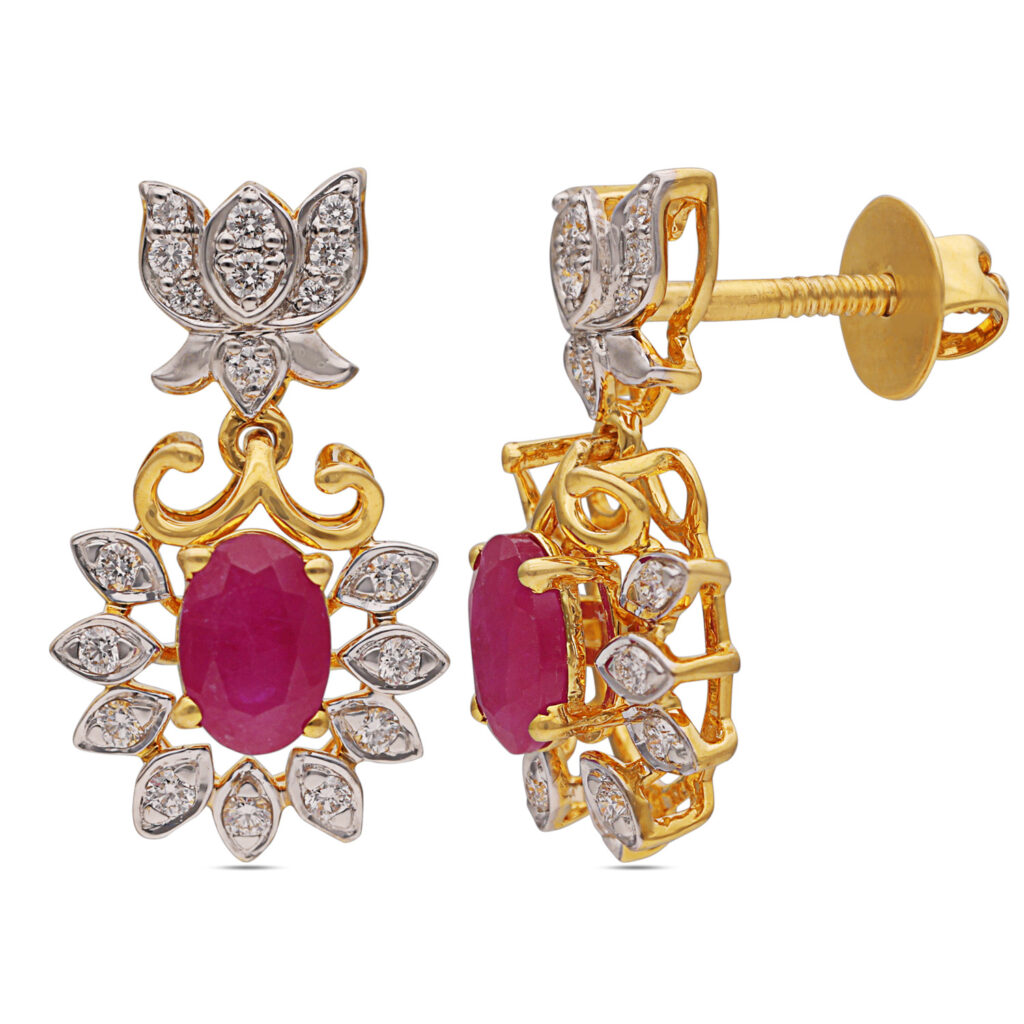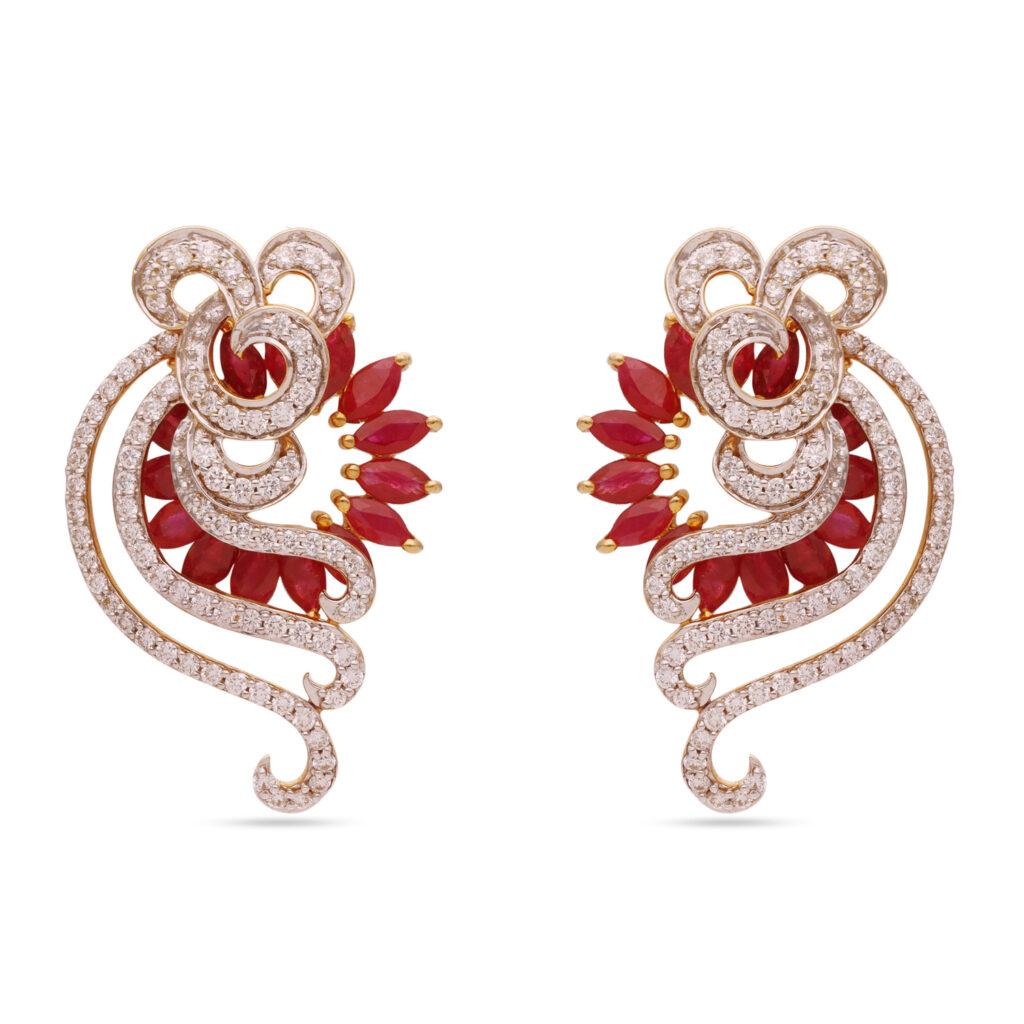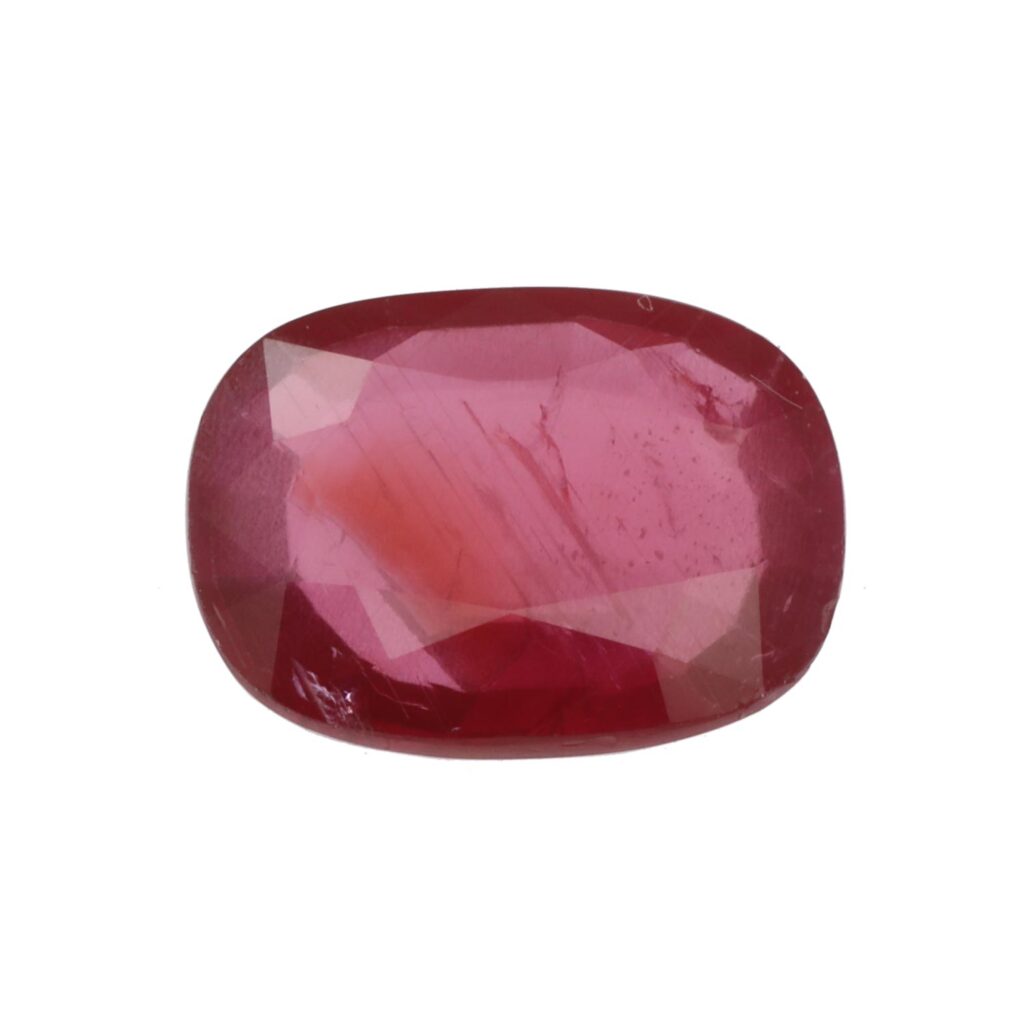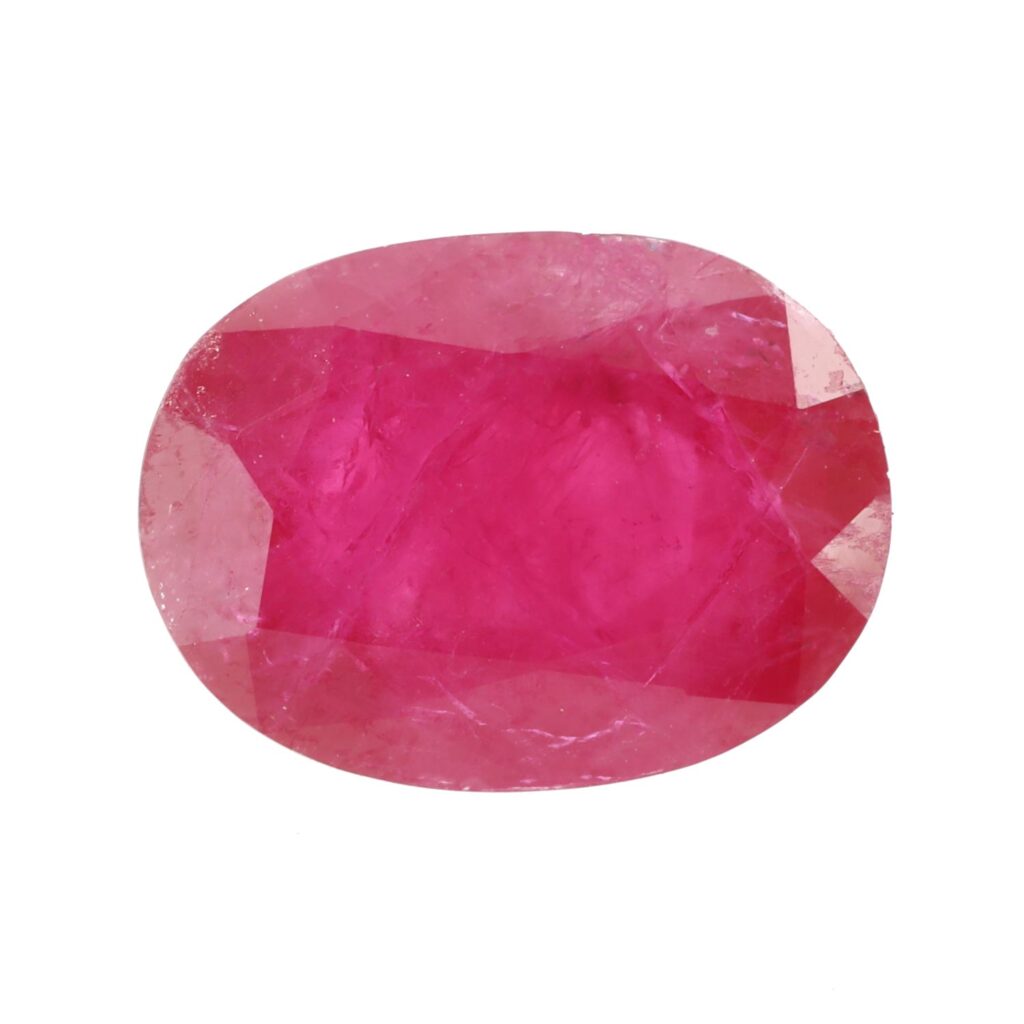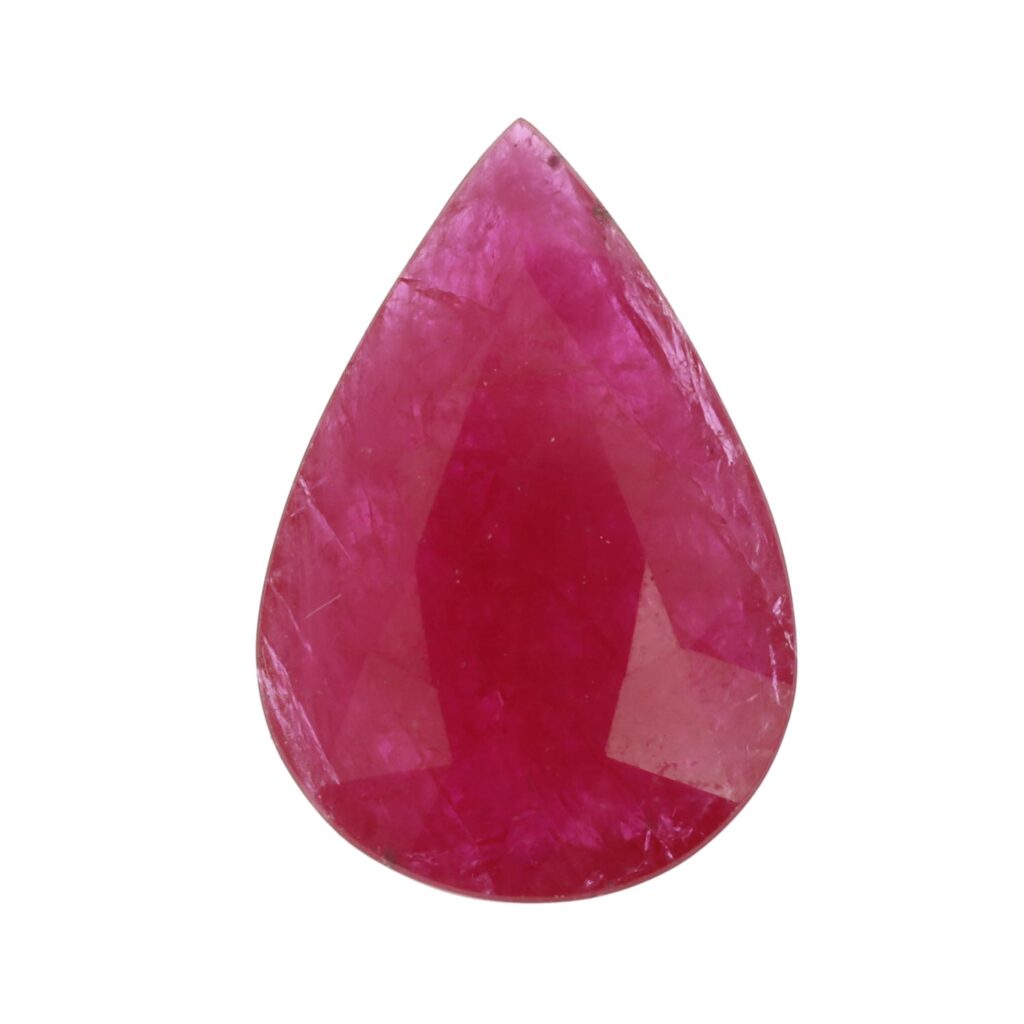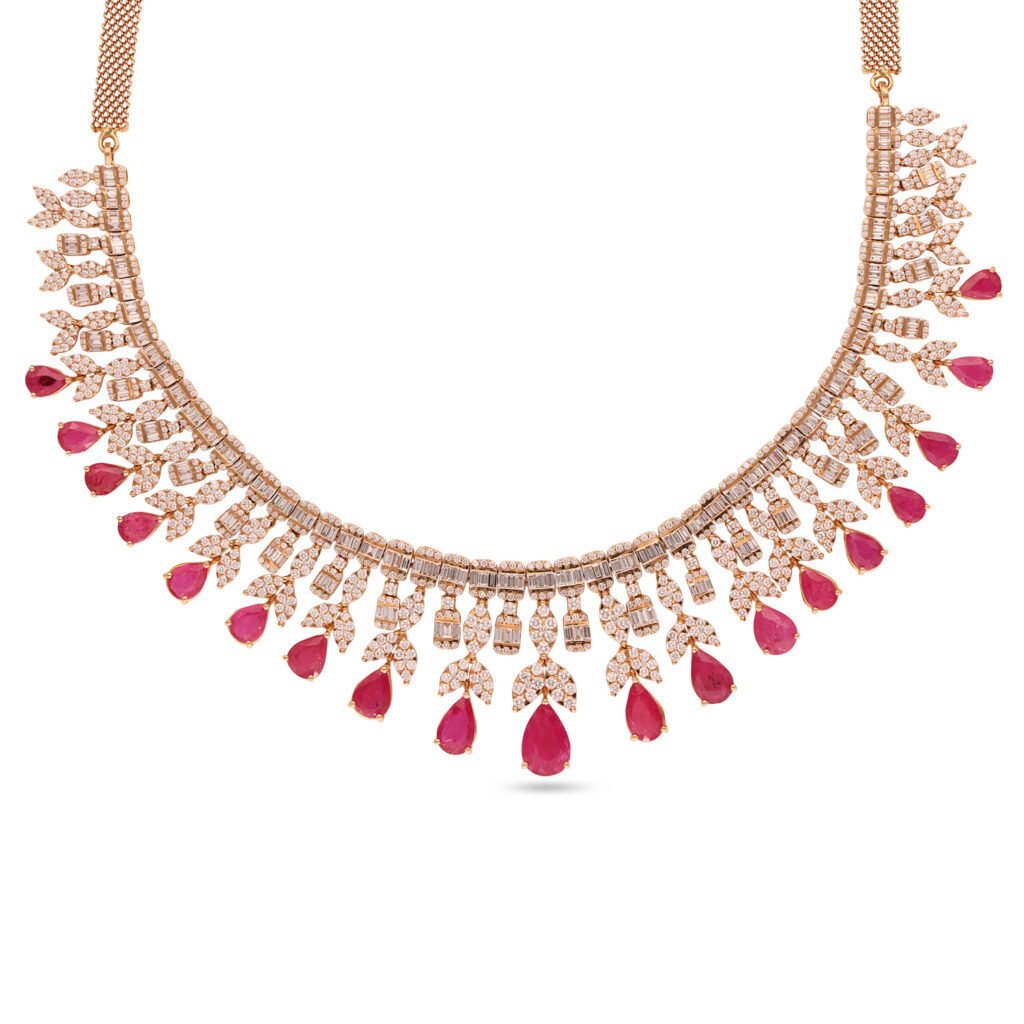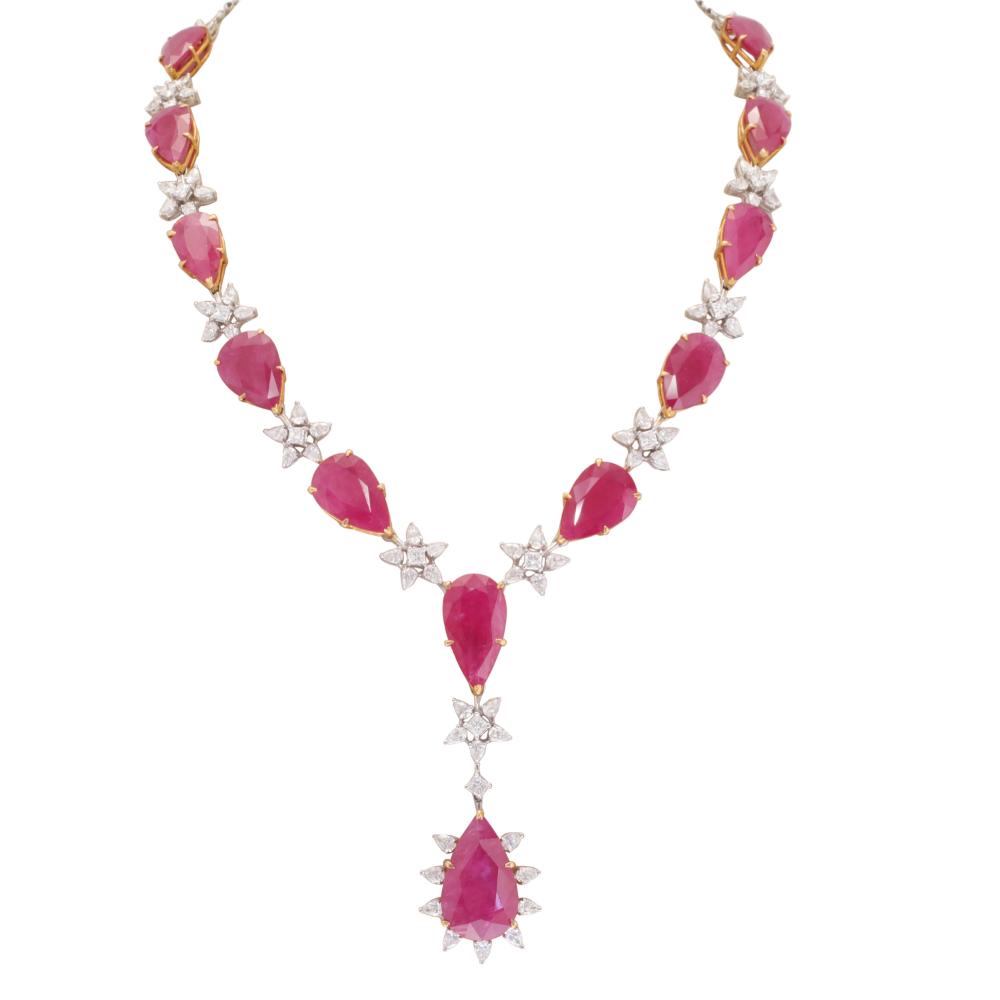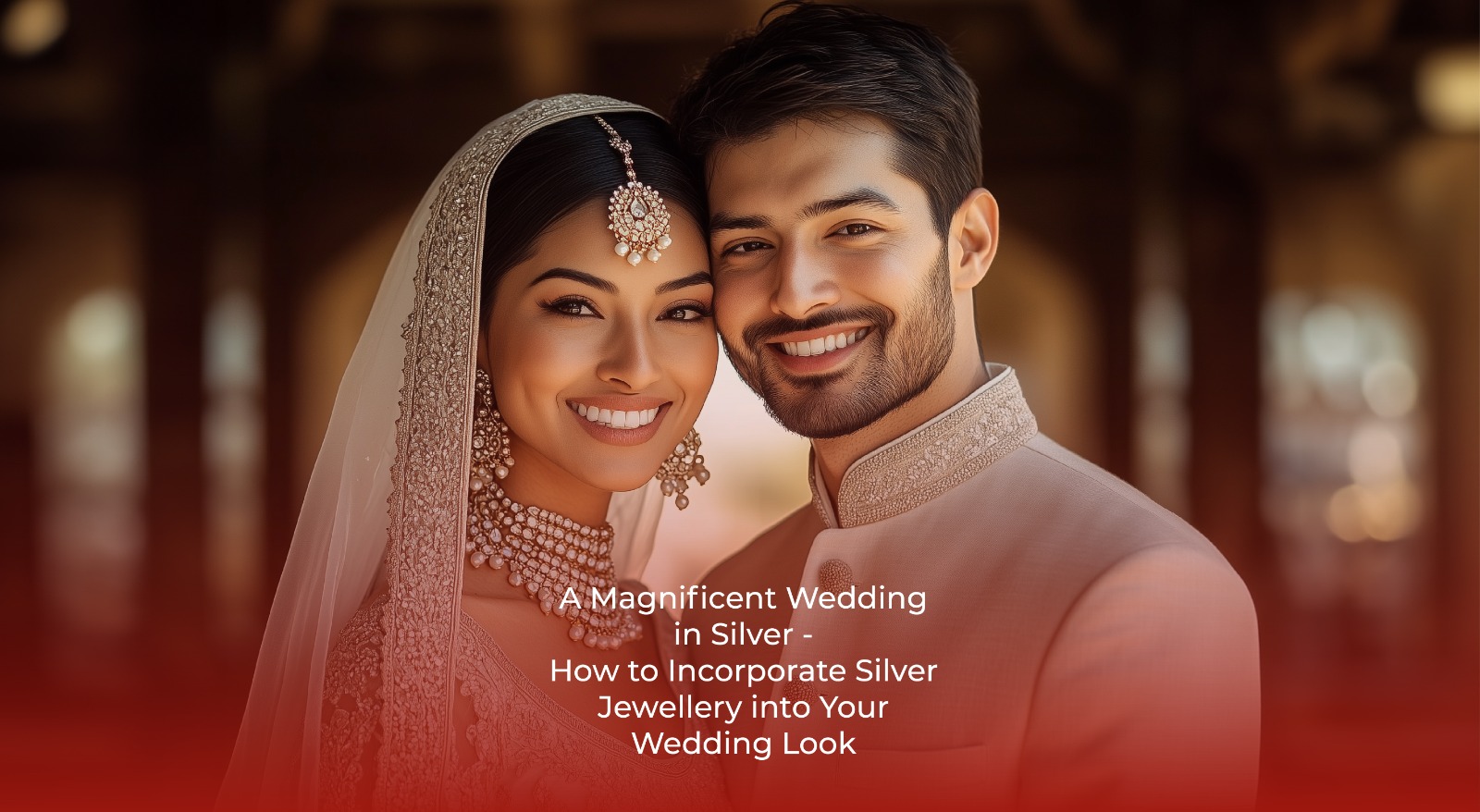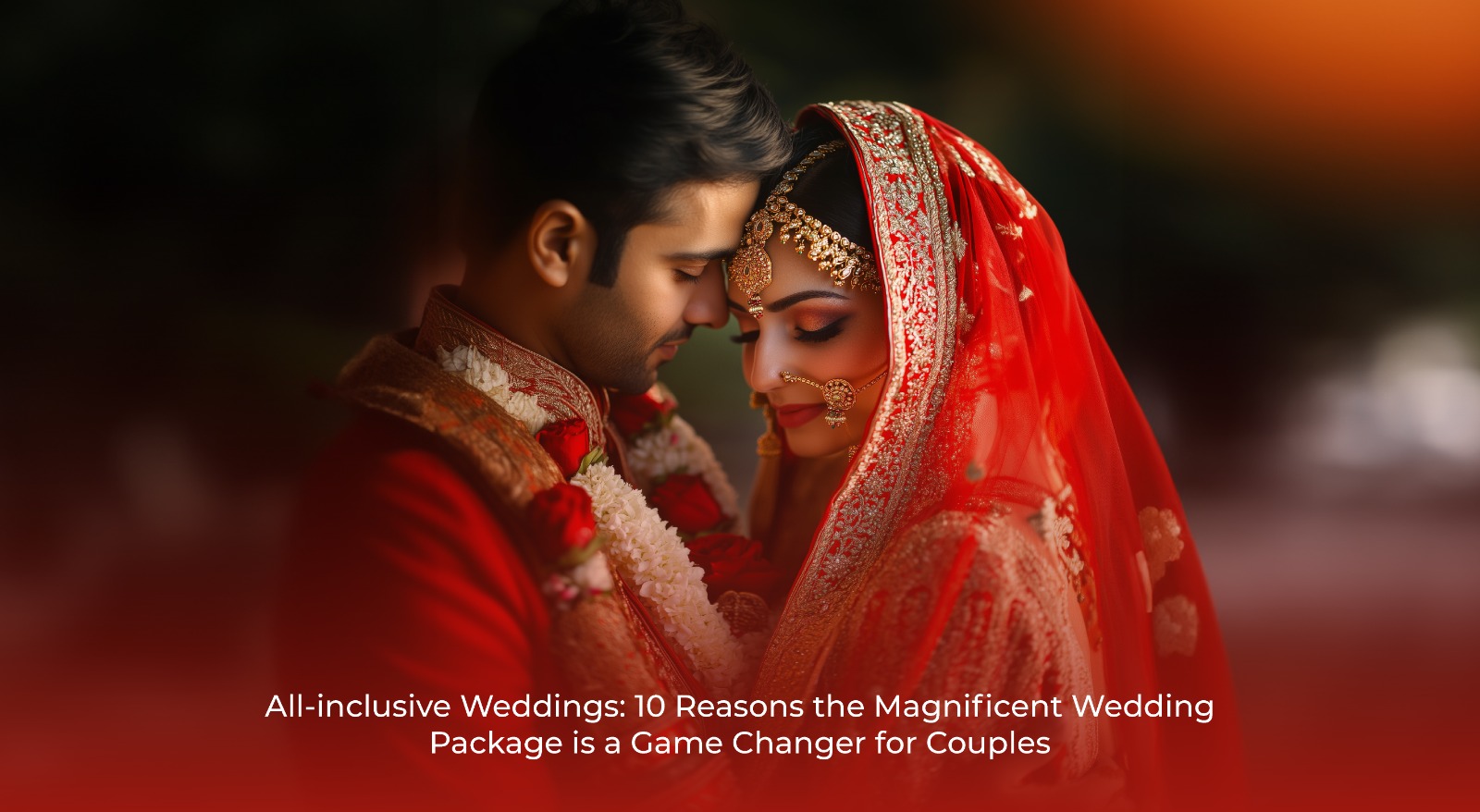The Fiery Red of the Sun God
Ruby has been a noteworthy and symbolic gem from ancient times through this modern time. The vibrant red rubies represent qualities such as nobility, purity, and passion. The name Ruby is taken from a Latin word-ruber meaning red. The Hindus regard ruby as the most valuable gem it was called ‘Ratnaraj’ in Sanskrit means King of the Gems. According to legends and strange beliefs, it was a trust that the wearer of a ruby is blessed with health, wealth and wisdom.
Have you heard of an enthralling story about ruby?
One such story is Marco Polo – The Story of Sindbad the sailor. It unfolds, how rubies were retrieved from the inaccessible valleys of old Cathey by throwing meat, which was eventually picked up, by the vultures, the ruby gem that adheres to the meat, was subsequently reclaimed from their nests? The reference of this valley was Burma, now changed to Myanmar, which is the sole source of the famous pigeon-blood ruby.
As a Gem – Ruby is a crystalline form of Aluminum oxide with trace elements Chromium that has become a part of the mineral crystal structure, which causes ruby its red colour. However, these red colours are found with varying depth and saturation when mined in different mining locations. Based on the shades of red and its secondary colours, they are classified and named according to the mining locations. Therefore, rubies are found in varieties of hue, tone and saturation from pinkish to purplish to brownish red. Hence colour is one of the vital factors when determining its value.
Let’s look at the various rubies produced in different shades from different regions.
BURMESE OR MYANMAR RUBIES
The rubies produced from Burmese or Myanmar are the most sought-after for their vibrant red hue, which describes the red as a slightly purplish or pinkish red colour with a soft glow of red fluorescence and cites as Pigeon blood colour. These rubies usually have very few clarities characteristic of visible inclusions. The mines of Myanmar are the sole source of the famous pigeon-blood ruby.
THAI RUBIES
After the Burmese rubies, Thai rubies occupy the second position. The Thai rubies originate in darker hues with signs of brown and burgundy.
MADAGASCAN RUBIES

Madagascan rubies are new to the market. These rubies occur in colours of red with orange and pink tints. Although rubies from Madagascar are new on the scene, they are on the top list due to their unique colour combinations.
TANZANIAN RUBIES

Tanzanian rubies are famous for their exceptional clarity and are less expensive than the ones from Myanmar and Thailand.
Rubies from Tanzania are remarkably like hessonite due to their beautiful colour; however, the intensity of their colour diminishes with size, meaning smaller Tanzanian rubies are more valuable.
MOZAMBIQUE RUBIES
Mozambique produces diverse types of high-quality rubies. Nevertheless, they are noted more for their star rubies, discovered in Montepuez in the northern part of the country.
Let us look at their value factors:
Clarity – Rubies do not exist flawless they can expect to have some inclusion like needles, feathers, crystals, clouds, and pinpoints like the inclusions found in a diamond. Rubies found with more inclusions make the gem appear dull and decrease its colour, sparkle and transparency, while lesser inclusion creates more colourful and brighter gems. It is at times that the hue can mask specific inclusion as well.
Cut – A ruby’s rough crystal dictates its appropriateness for particular cuts. Rubies are therefore available in every shape and faceting style compared with diamonds. However, certain defined faceting style tends to bring out their vibrant colour. The round rubies are more favoured, followed by Oval. Other shapes also include emerald, heart shape, princess and cushion- a shape most common and popular too, that gives an antique look. Rubies may not undergo faceting at times, rather, they may be polished smooth, known as cabochon ruby.
Carat – Rare and expensive quality rubies over one carat are exceedingly rare. Excellent quality rubies are available in assorted sizes, the price per carat goes up significantly with an increase in size. The trend that prevails even today is rubies are more valuable and rarer than the top-quality colourless diamond. Per-carat price of fine-quality rubies has been rising more consistently, often breaking auction records.
Principal Deposits – Traditional sources of ruby are Myanmar, Cambodia, Sri Lanka, India, and Afghanistan. Over the past few decades, several parts of Africa, including Madagascar, Kenya, Tanzania, Nigeria & Malawi, have become important producers of ruby & sapphire.
Did you know?
Gems extracted from the same source or mines will vary in colour, size and quality. Another fact is that the Gem Ruby is the birthstone for July and is a gift presented for the 15th and 40th anniversaries.
At C. Krishniah Chetty Group of Jewellers, we ensure to address every gem to be handpicked that is appealing and valuable before being studded into fine jewellery. As well as find an array of stunning rubies in a wide range of sizes, shapes, facets or strings to fulfil your astrological needs across all our magnificent showrooms. Be at liberty to call on our landline number +91 80 4000 1869 for more details or log on to our website: www.ckcjewellers.com for convenient shopping.


